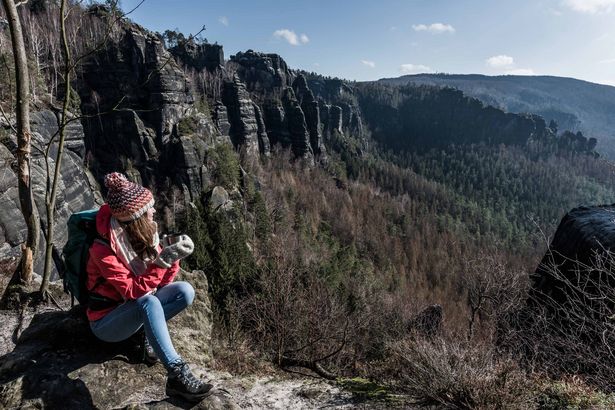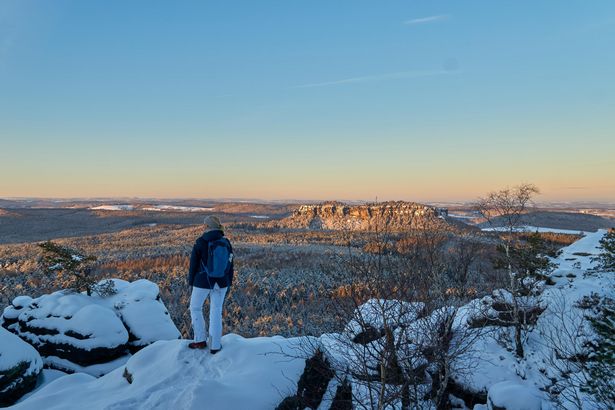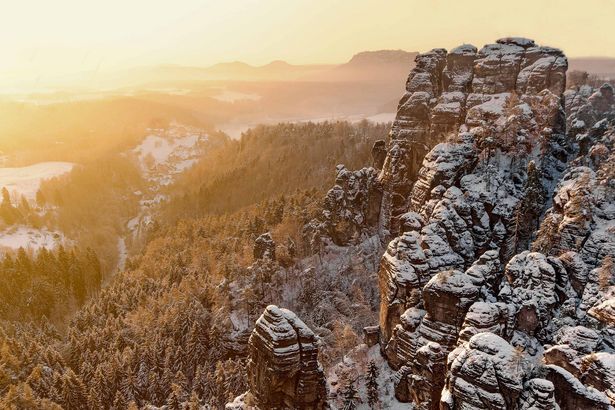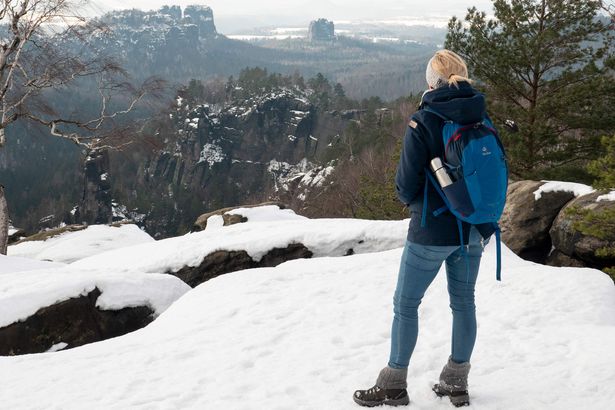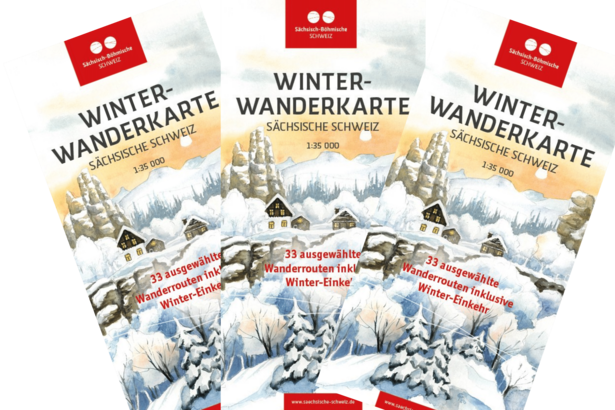The Elbe Sandstone Mountains – Hiking in a winter wonderland
Immersing oneself into a world of clarity and silence, finding inner peace, experiencing the mysterious side of the rocky landscape – this is what winter hiking in Saxon Switzerland means.
Bundle yourself up, pack your thermos flask in the backpack and just start walking! The good thing about hiking is its simplicity. Walking through this enchanted scenery in winter is a magic experience. And the most popular hiking trails are now often for you alone.
